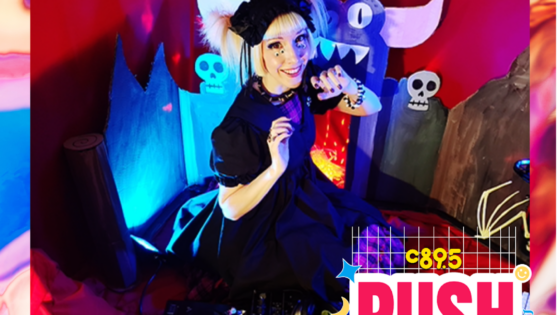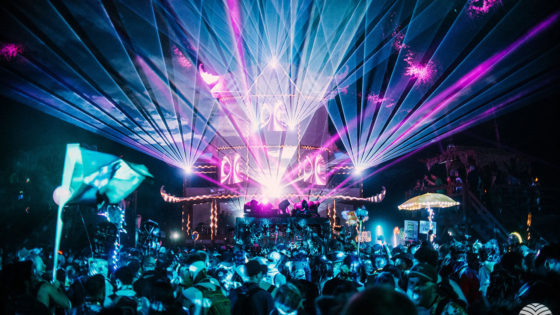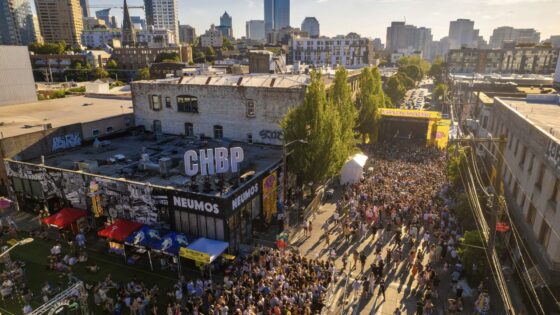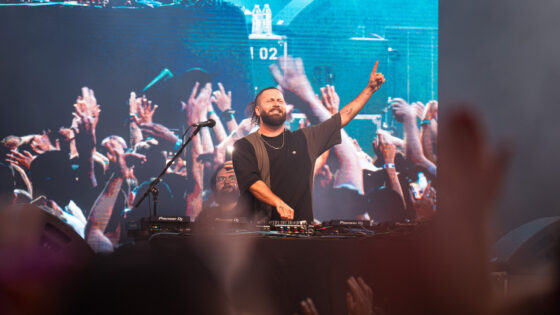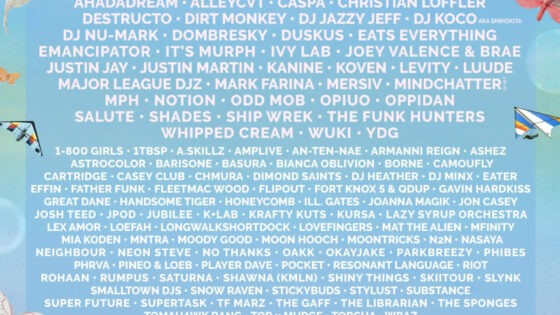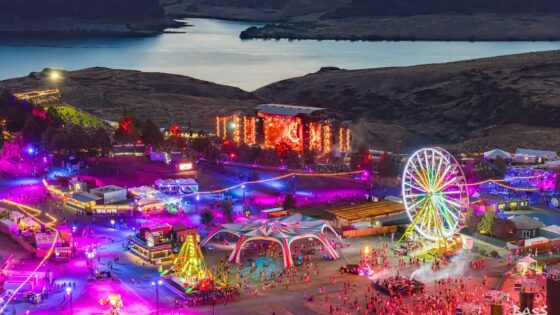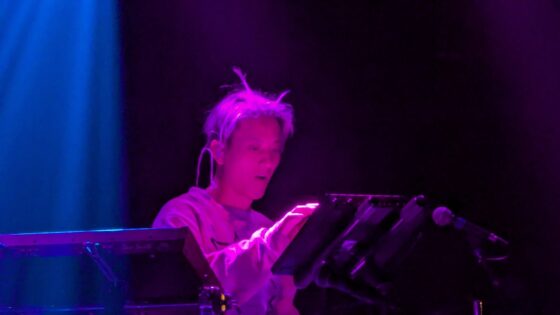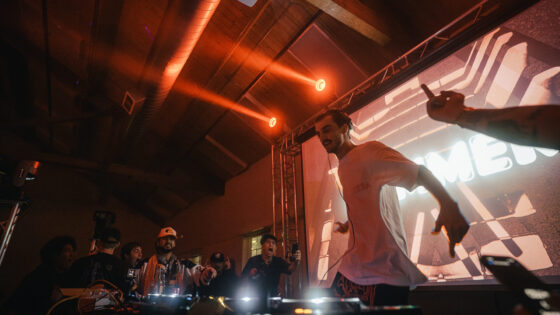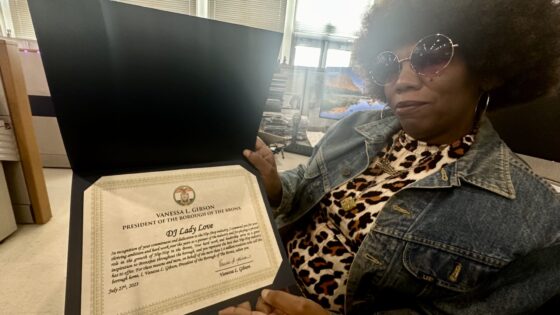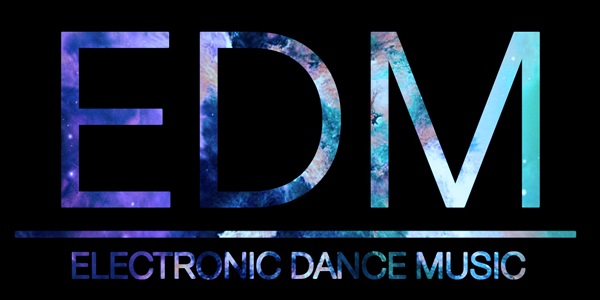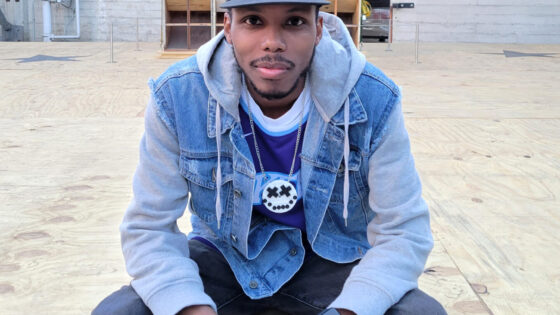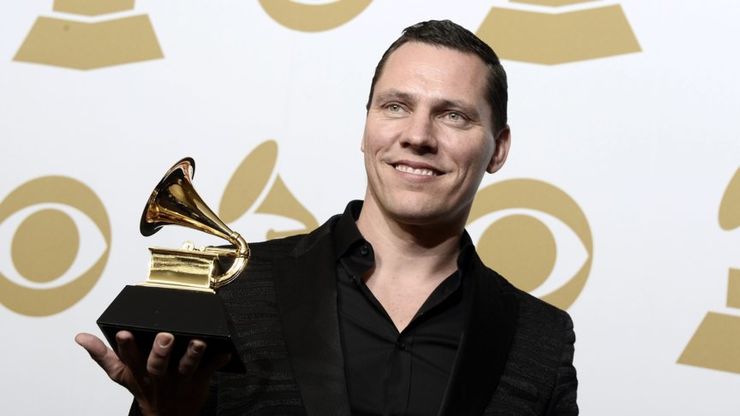EDM is just dance music that’s electronic, right? You might think so! But then you would be offending hordes of people who “hate EDM” but love techno and house. So here we are to hopefully provide some clarification of terms and put in a voice on this debate.
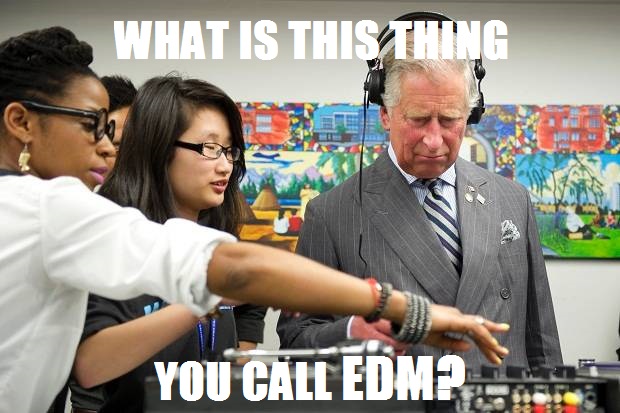
[EDM] is a set of percussive electronic music genres produced primarily for environments centered in dance-based entertainment, such as nightclub settings. The music is largely created for use by disc jockeys and is produced with the intention of it being heard in the context of a continuous DJ set; wherein the DJ progresses from one record to the next via a synchronized segue or “mix.”
Hmm. Well, that sounds strangely like what were saying before – an all-encompassing term to classify all electronic music made to be danced to. Including, but not limited to: trance, house, deep house, electro, hardstyle, DnB, psychedelic, commercial dance, and yes, even techno, minimal, tech house, etc. So clearly that doesn’t shed any light on this current EDM debacle.
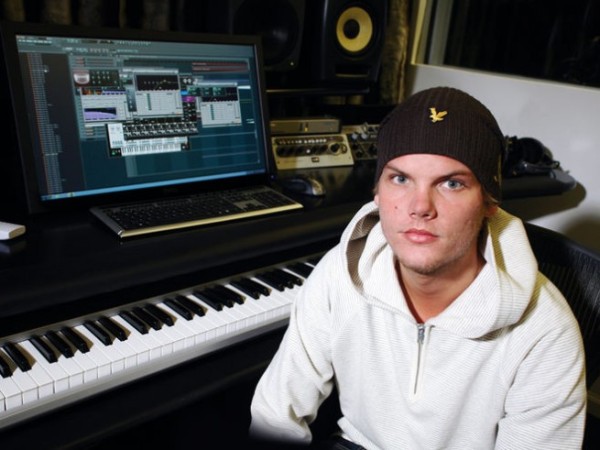
“I don’t see ‘EDM’ anywhere else than in America. It’s a very American term.” – Avicii
How about an article – Avicii and the Ever Changing Definition of EDM – from the financial magazine Forbes of all places. Don’t let that scare you away; Zack Greenburg makes a really good point when trying to put a finger on the term ‘EDM’.
It only stands to reason that “electronic dance music”—a term that didn’t really exist until a few years ago and is used to describe a genre that’s been popular around the world for decades—would have a tough time staying within a narrow set of parameters.
He quotes Tiësto, referring to the state of things in Europe: “Everyone was in their own little scene: The house heads, the trance heads, the club heads … in America when you play, you can play all that stuff together. And there’s a lot of people who like to listen to everything and not just one style.” And Avicii: “I don’t see EDM anywhere else than in America. It’s a very American term.” At some point in the mid-late 2000s, we [as Americans] rebranded electronic dance music – formerly lumping it together as “techno”, we decided to call it EDM. So basically, when we are presented with a dance music cornucopia, instead of taking the time to get to know the separate genres, we feel the need to pick a confusing term that surely will incite riots.
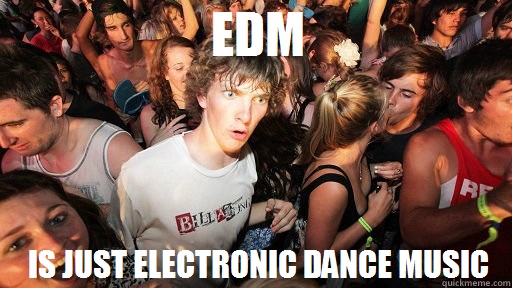
[EDM is] A genre characterized by simple melodies that immediately get stuck in your head and catchy vocals that you can sing along to after the first listen (wait, isn’t that pretty much a definition of pop music?). Add a big drop with lots of bass, gritty synths and white noise to that, and you’ve got a pocket definition of 2012′s idea of EDM.
The definition is not perfect, because it is not a real genre to begin with, but it touches on a lot of what people hate so hard. And even outside of its own genre (whether it exists or not), a certain type of DJ has been associated with the term. In September of 2013, DJ legend, Tim Sheridan wrote an article for Mixmag titled, “Is EDM Killing the Art of DJing?” In it, he points to the EDM explosion giving rise to “plastic” and “push-button” DJs. He points to three key issues with this newer brand of DJ:
1) “Spectacle has replaced music as the primary FORCE in a DJ’s performance”. Just think of the Jesus pose you’ve undoubtedly seen on stage numerous times. Or, check out the Armin Only tour video.
2) DJs that only play the hits. How often have you heard some variation of Zedd’s Find You recently? Or Animals? (Though I think everyone is done with that now, right?)
3) The overuse of the infamous sync button. The sync button allows the DJ to forgo beat matching, which classically was a major part of the skillset of DJs.
OK, those are points we can really get behind. Especially the last two. When we go to a show, we want to hear DJs doing talented things just as much as we want to be blown away by lasers. When they throw something at us that we’ve never heard and it is a complete weapon of a tune, we’re thrilled. And a buttery mix can’t be beat (pun intended). If the DJ “did it” him/herself instead of using the cheat button, that’s far more impressive. And of course, there’s a whole new generation of controllerists, doing unique things with unique equipment. We can even forgive the sync button if their focus is elsewhere.
So where does that leave us? Do we know what EDM is? Bouchal’s definition is pretty close to the mark for what a lot of mainstream dance tracks sound like. But we would probably call that commercial dance. Sheridan’s article makes some excellent points about bad DJing and there are certainly a large number of bad DJs (by his terms) right now. A lot of them are also playing the type of music Bouchal describes. But, as Greenburg pointed out, EDM is a new term used almost exclusively by Americans originally as a catchall for the world of electronic dance music. Meanwhile, the rest of the world just calls it as it is – techno, dubstep, house, trance, etc. Unfortunately, EDM no longer means all electronic dance music to a lot of people, and that’s confusing… So we say we abolish the term. Burn it to the ground! It is far too vague and creates a ridiculous amount of polarity with people on either side not really sure what they exactly hate. While we’re at it, can we rename Progressive House, too?
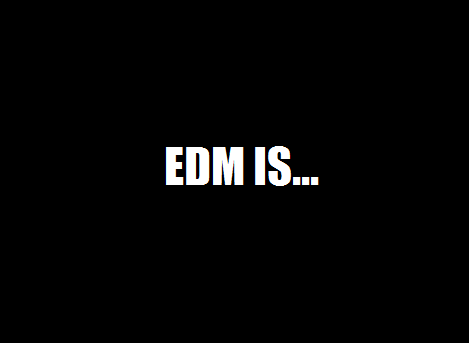
What do you think about the term “EDM”? Tell us in the comments below!
Important things happen in Pacific Northwest nightlife, and DMNW will send you alerts!





